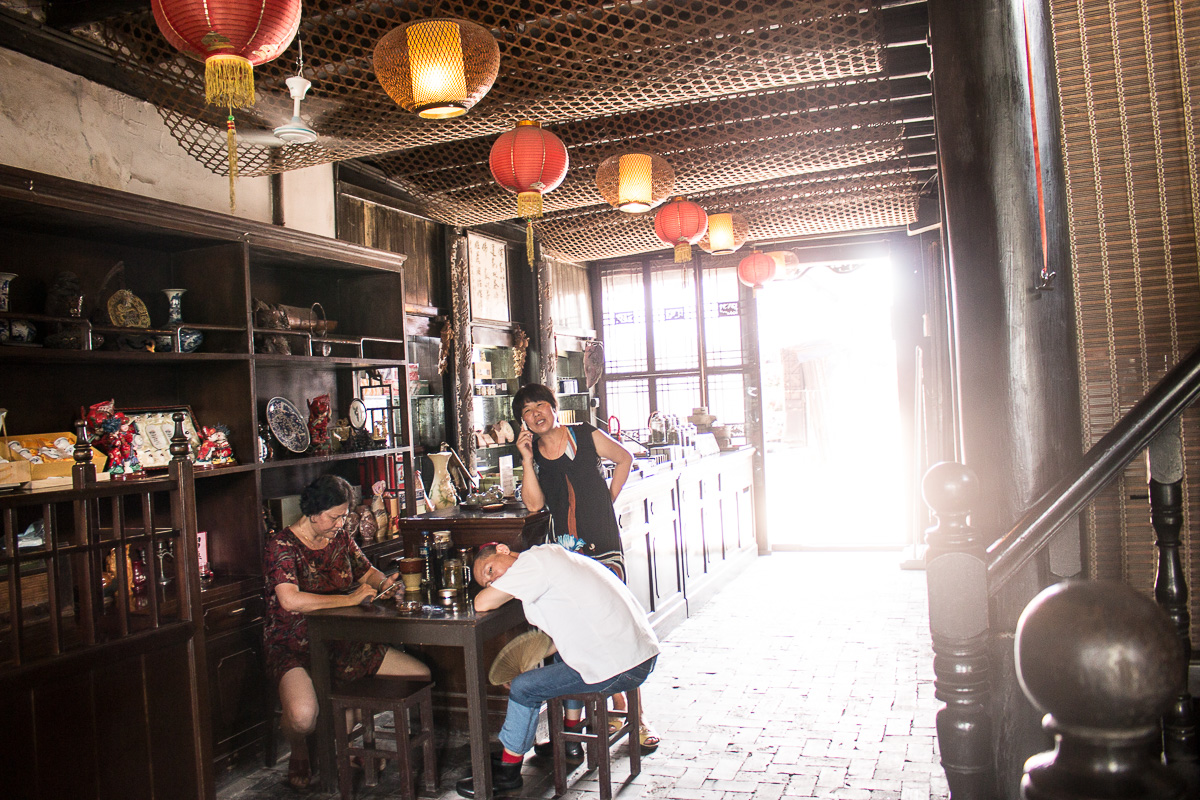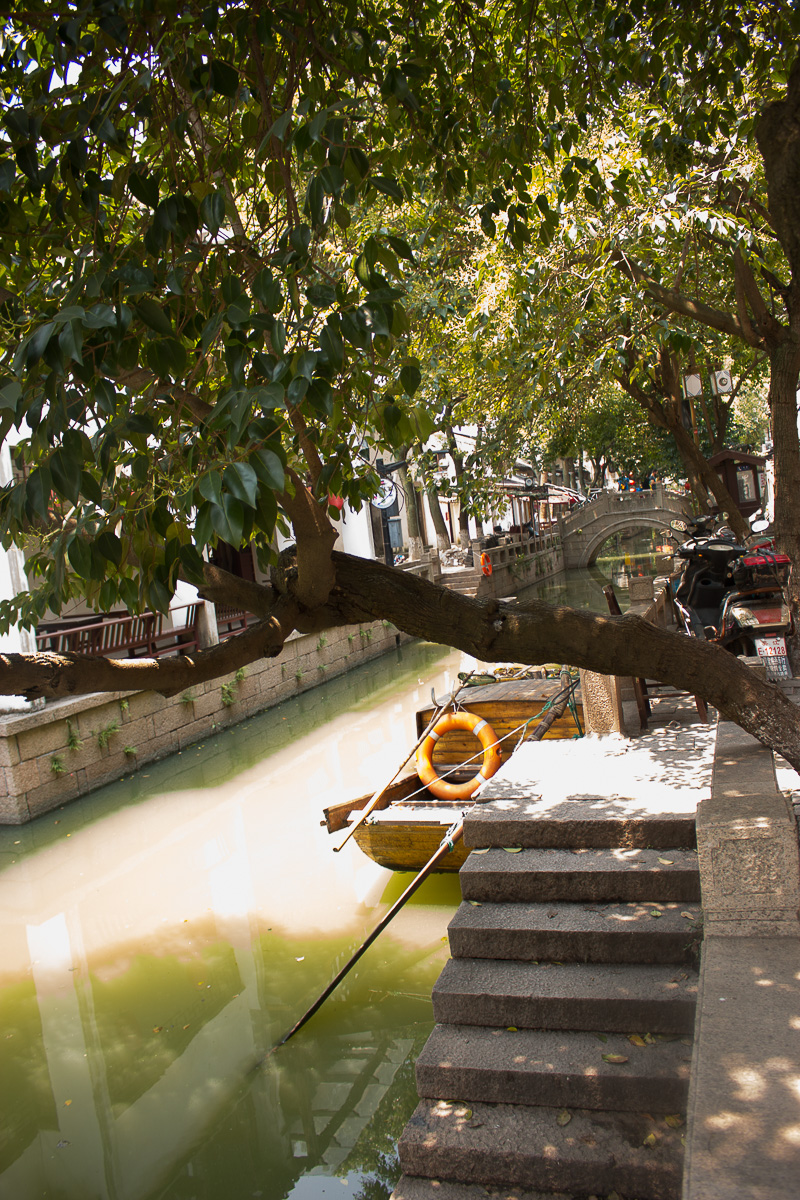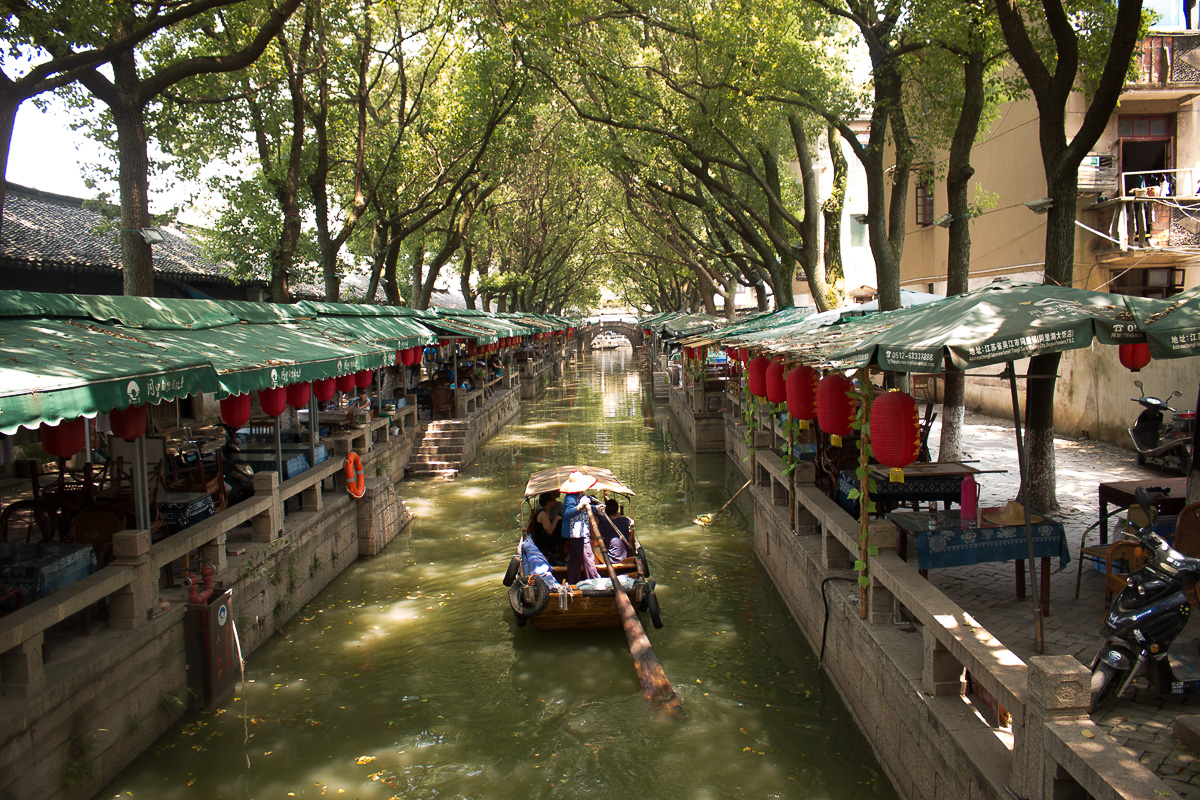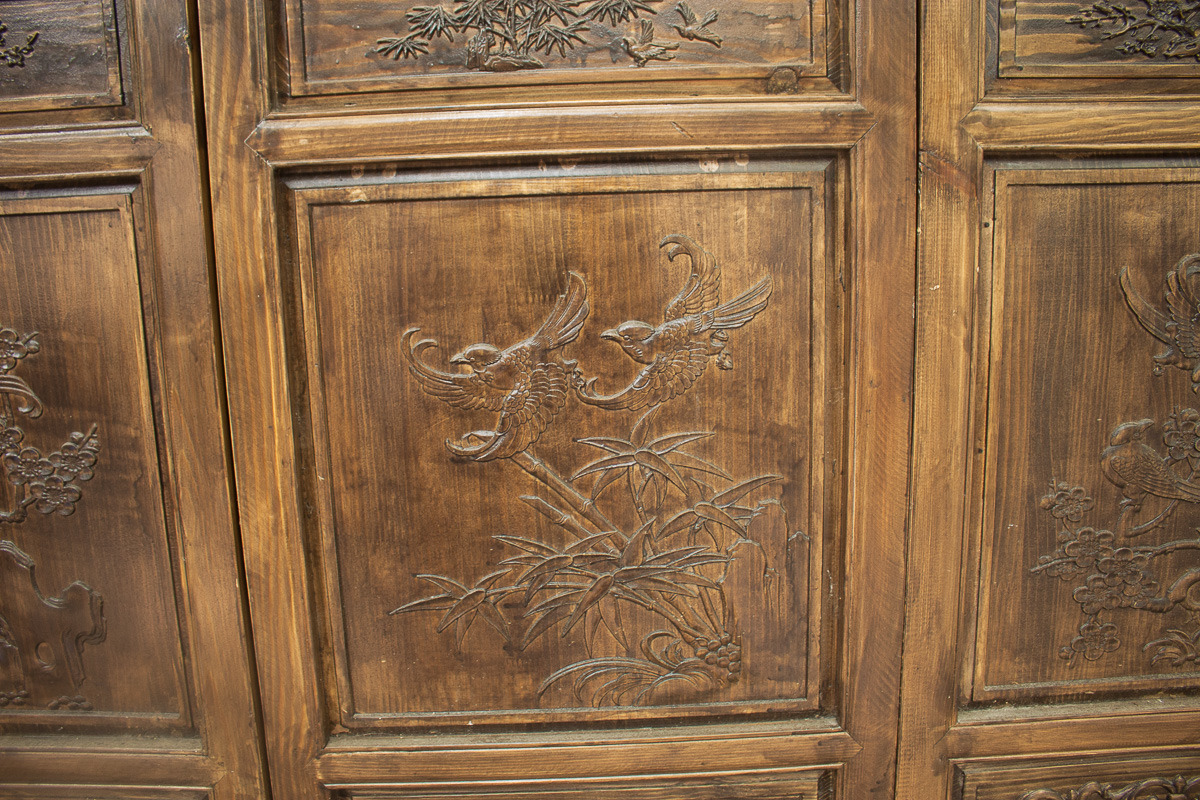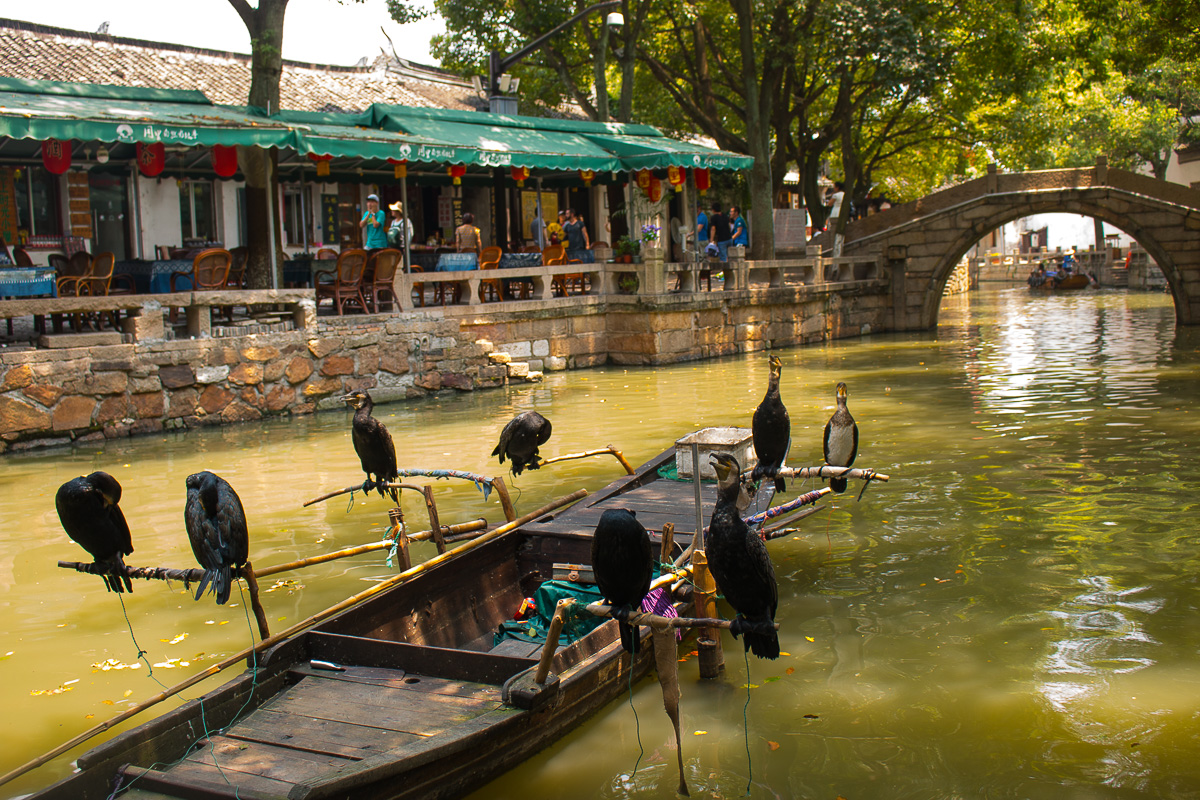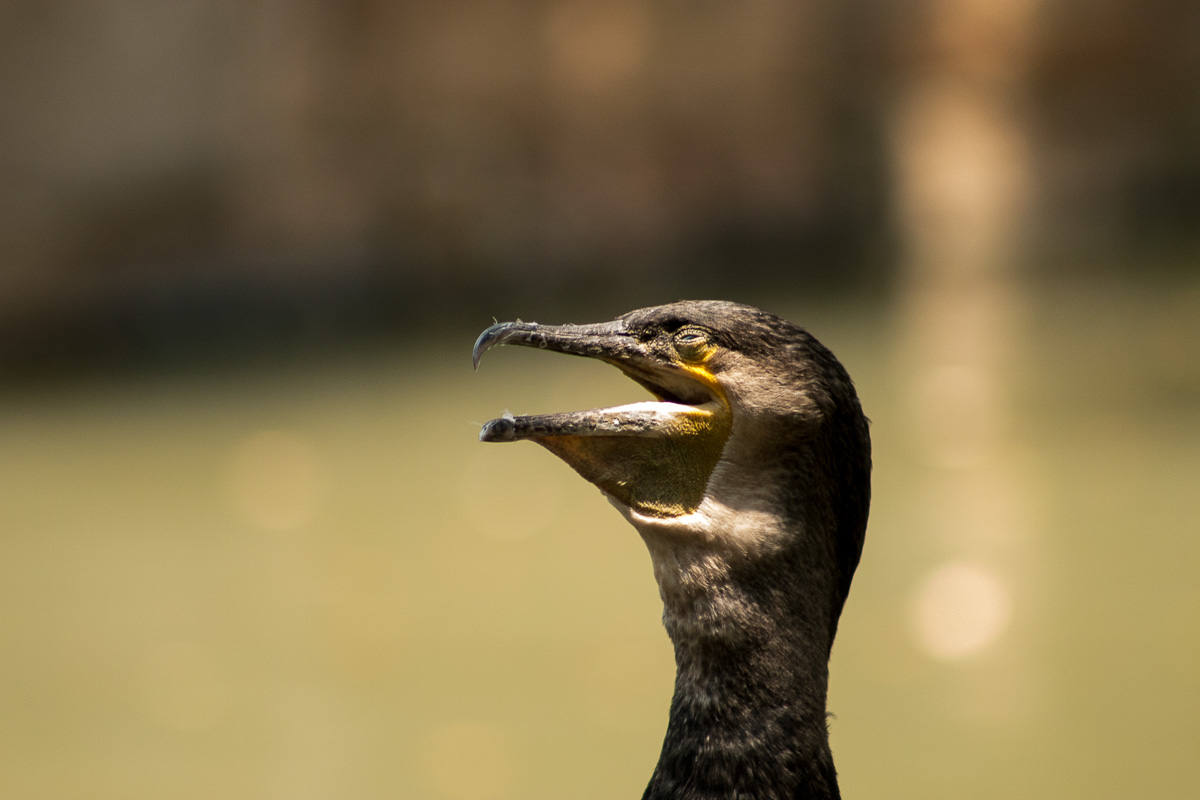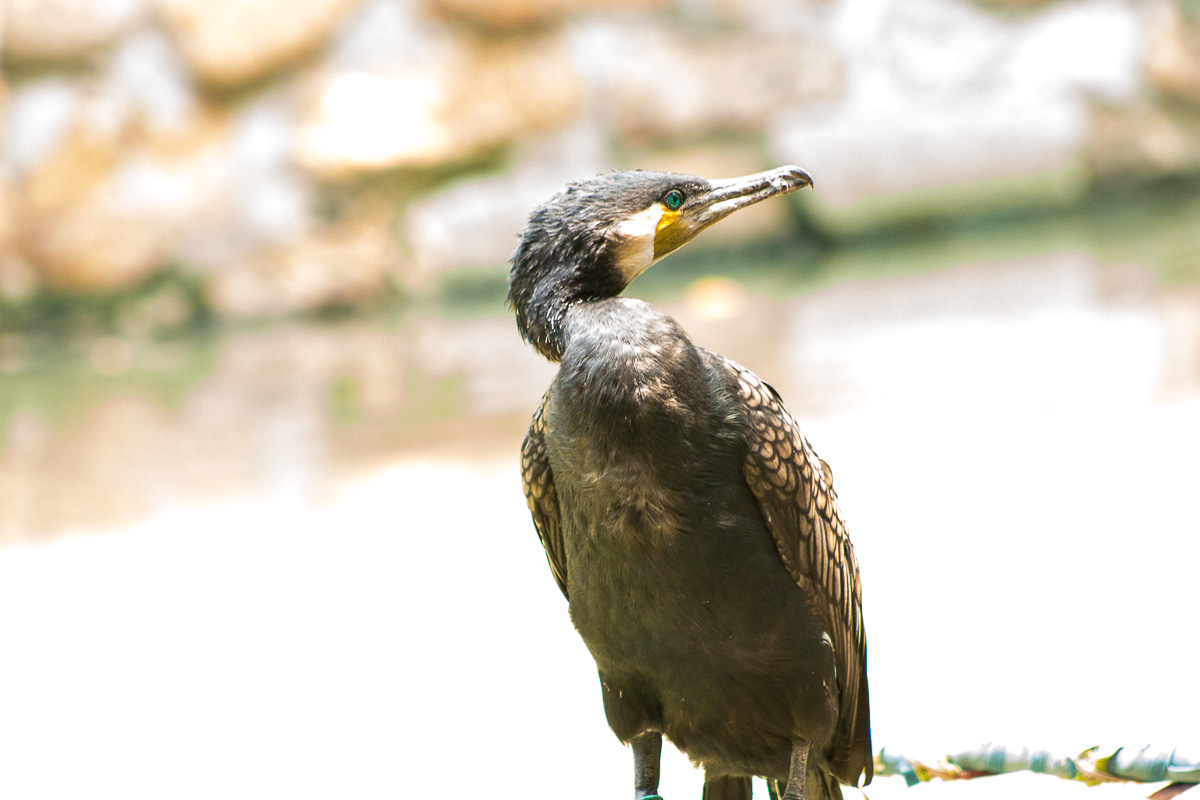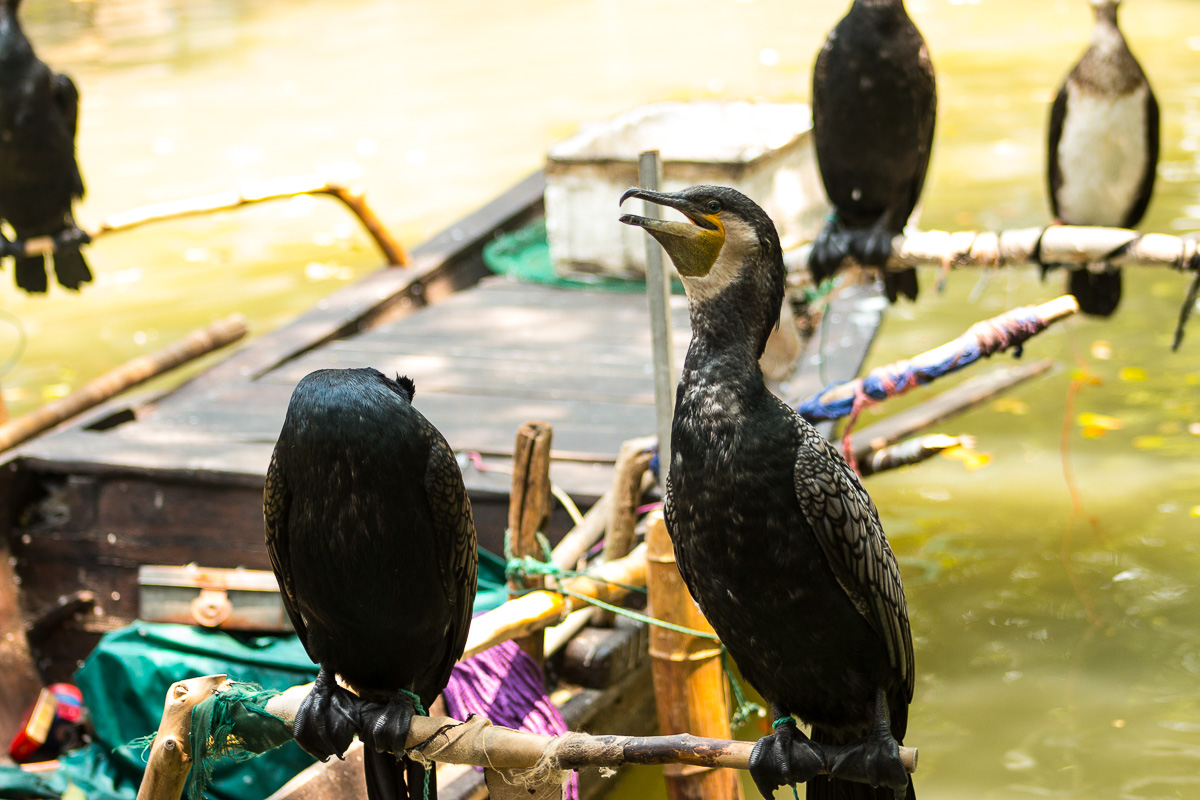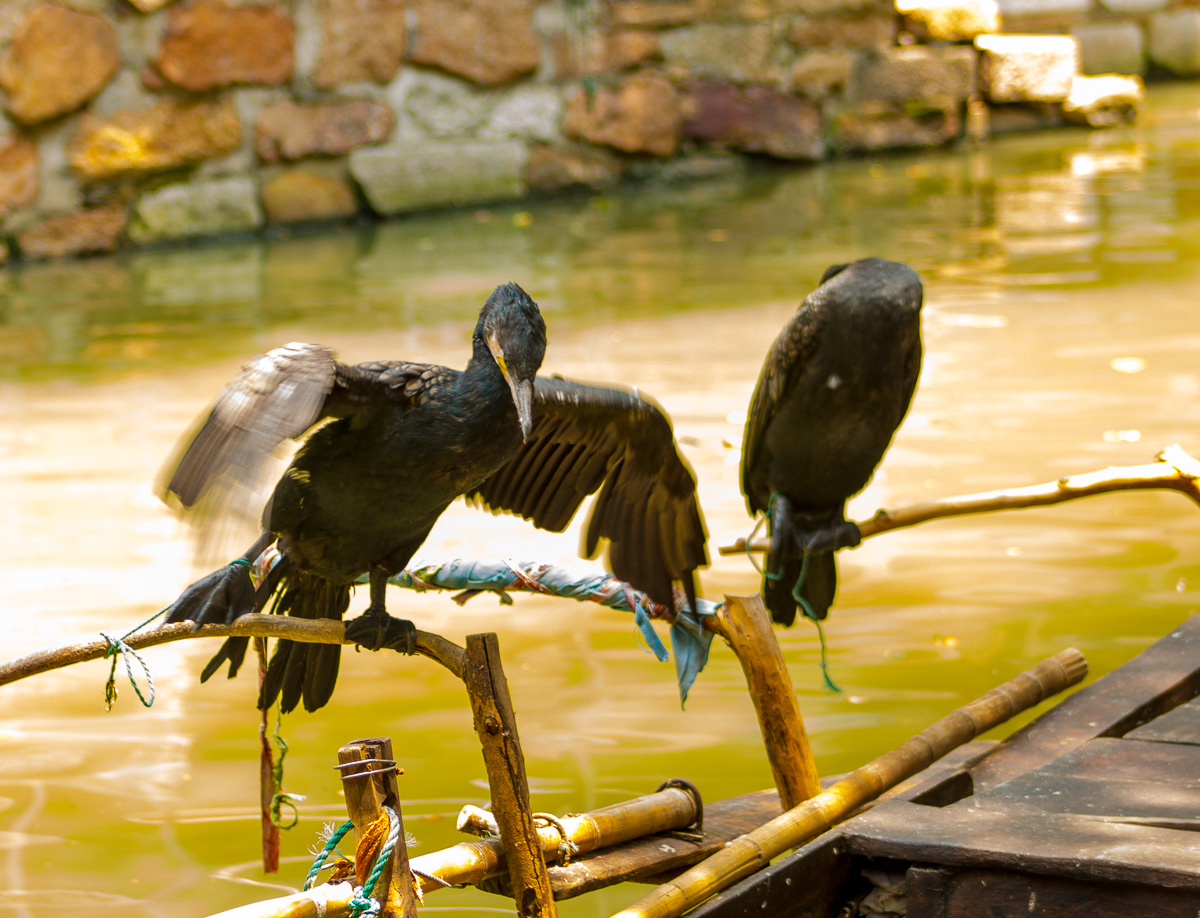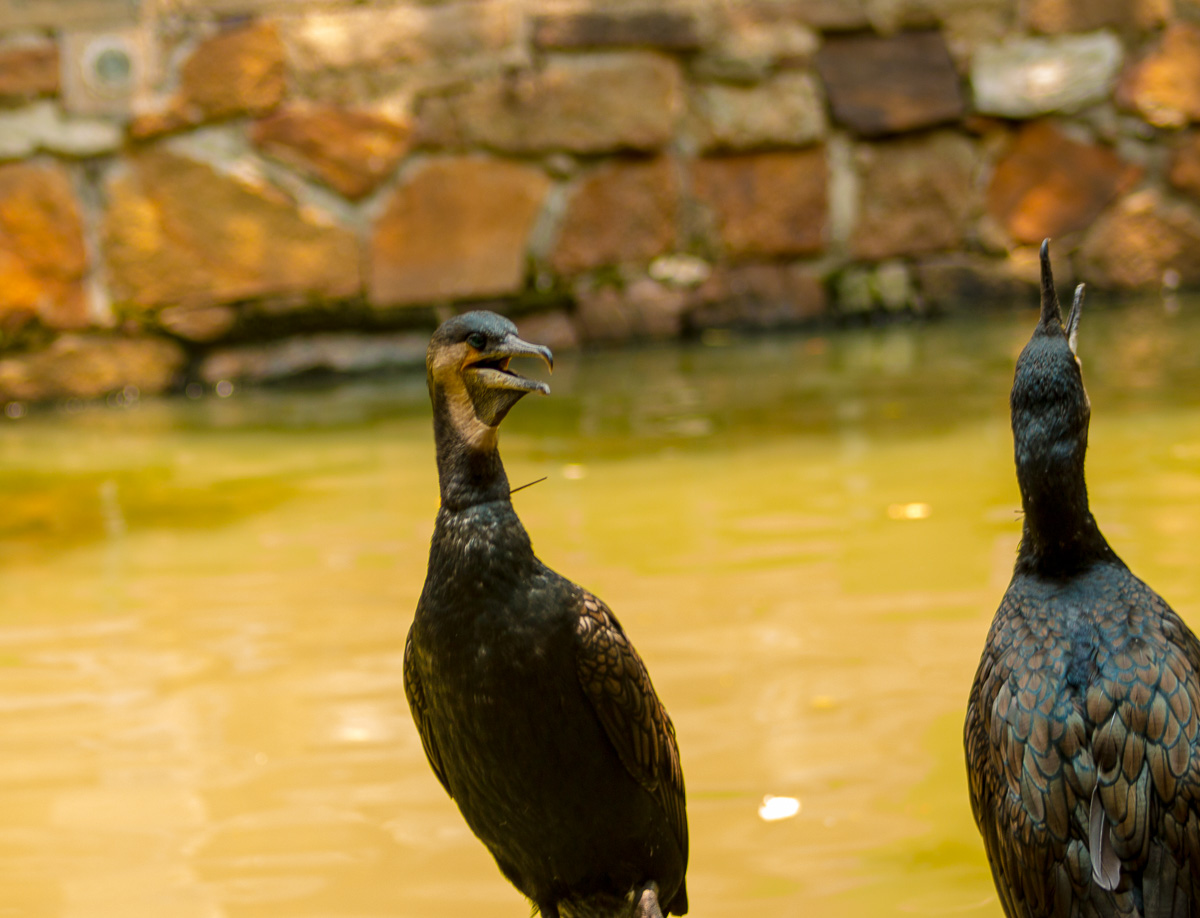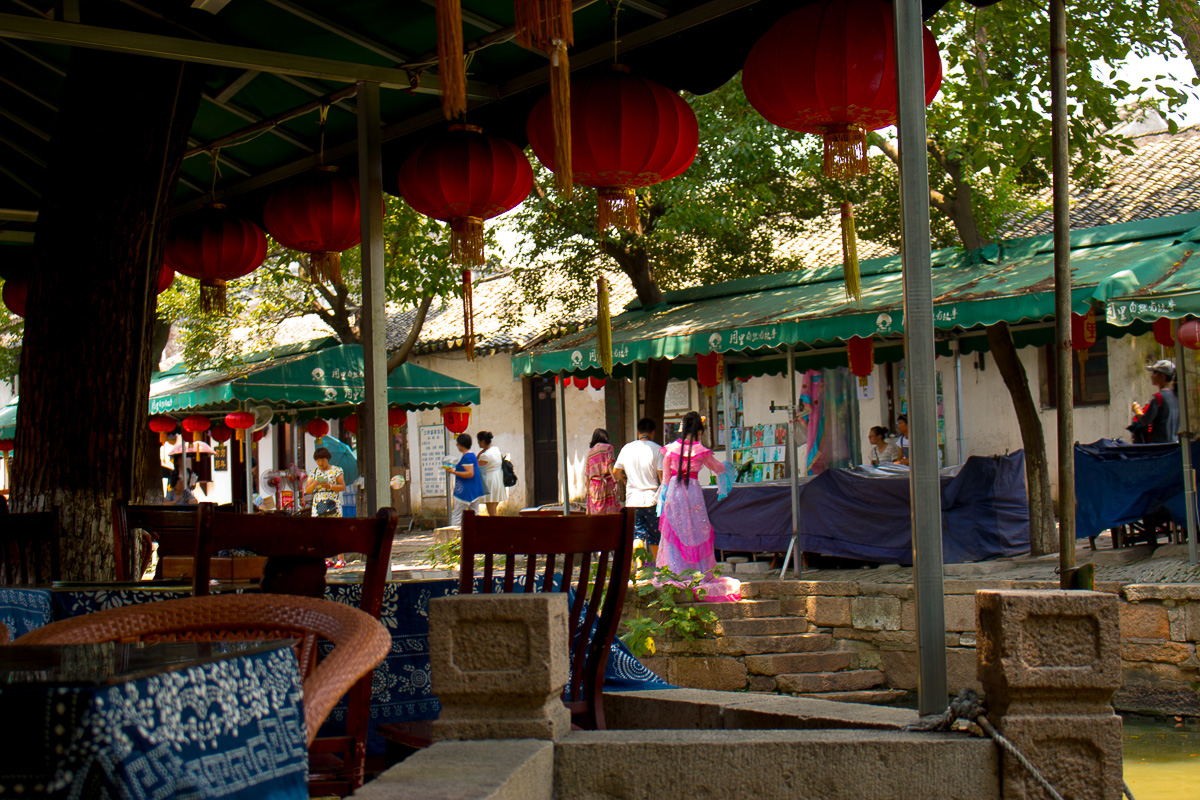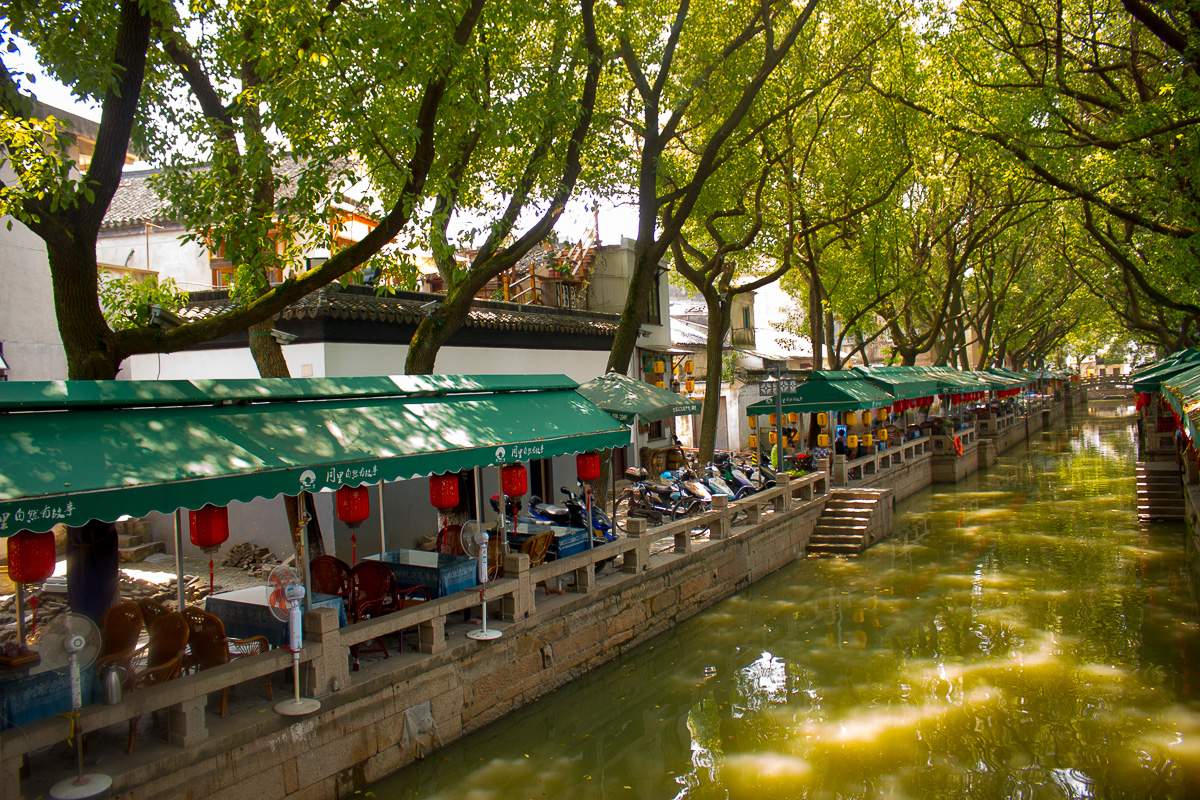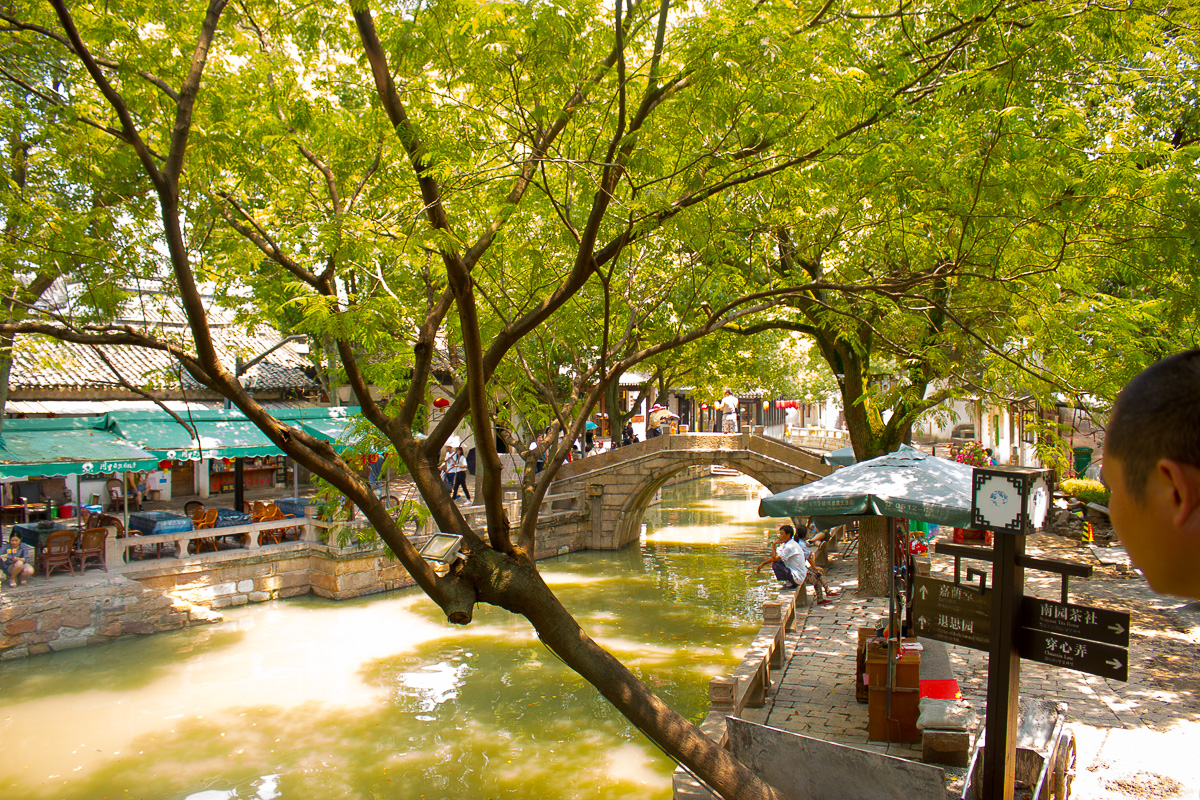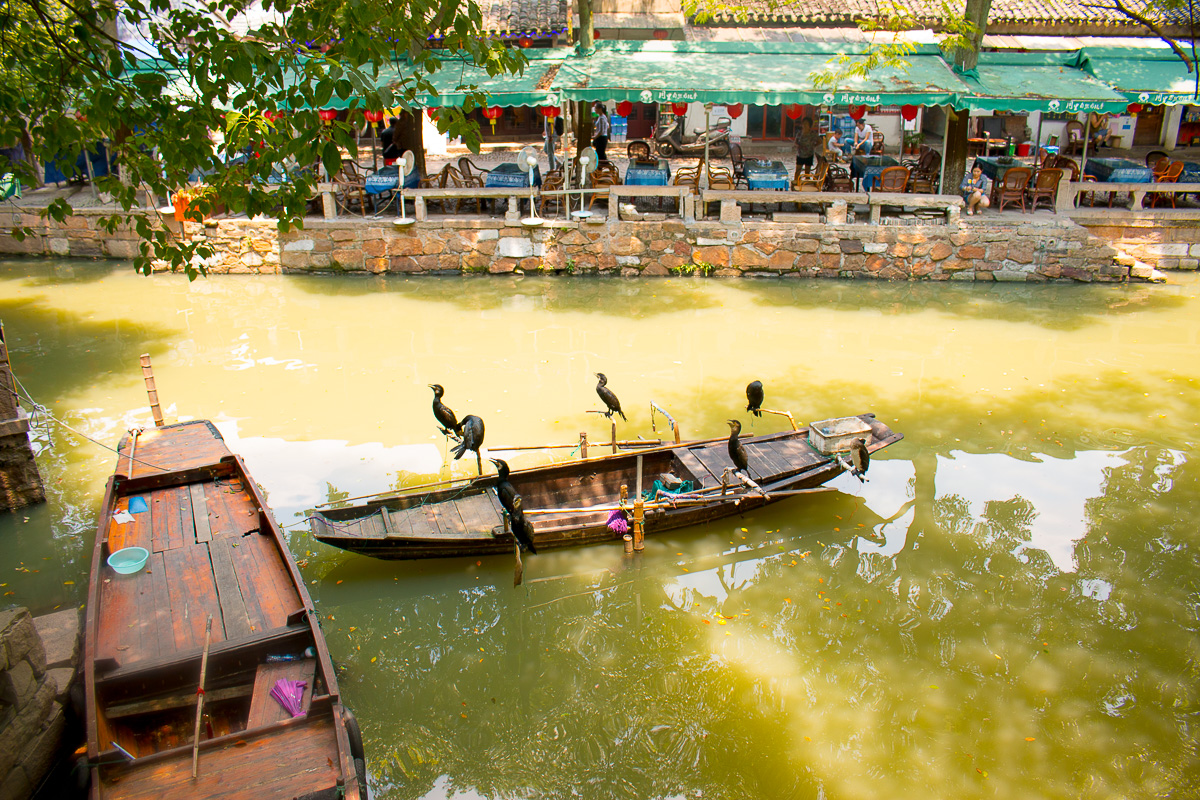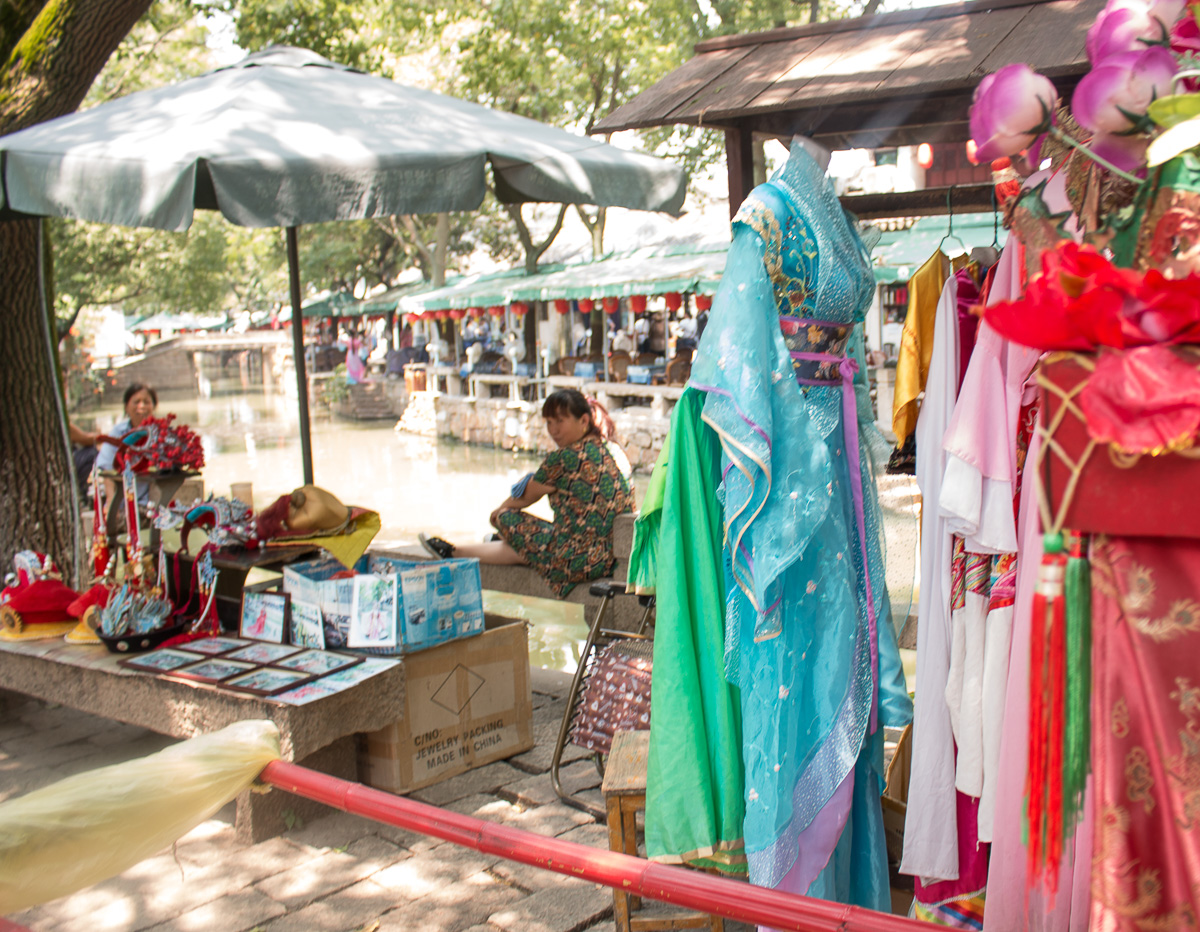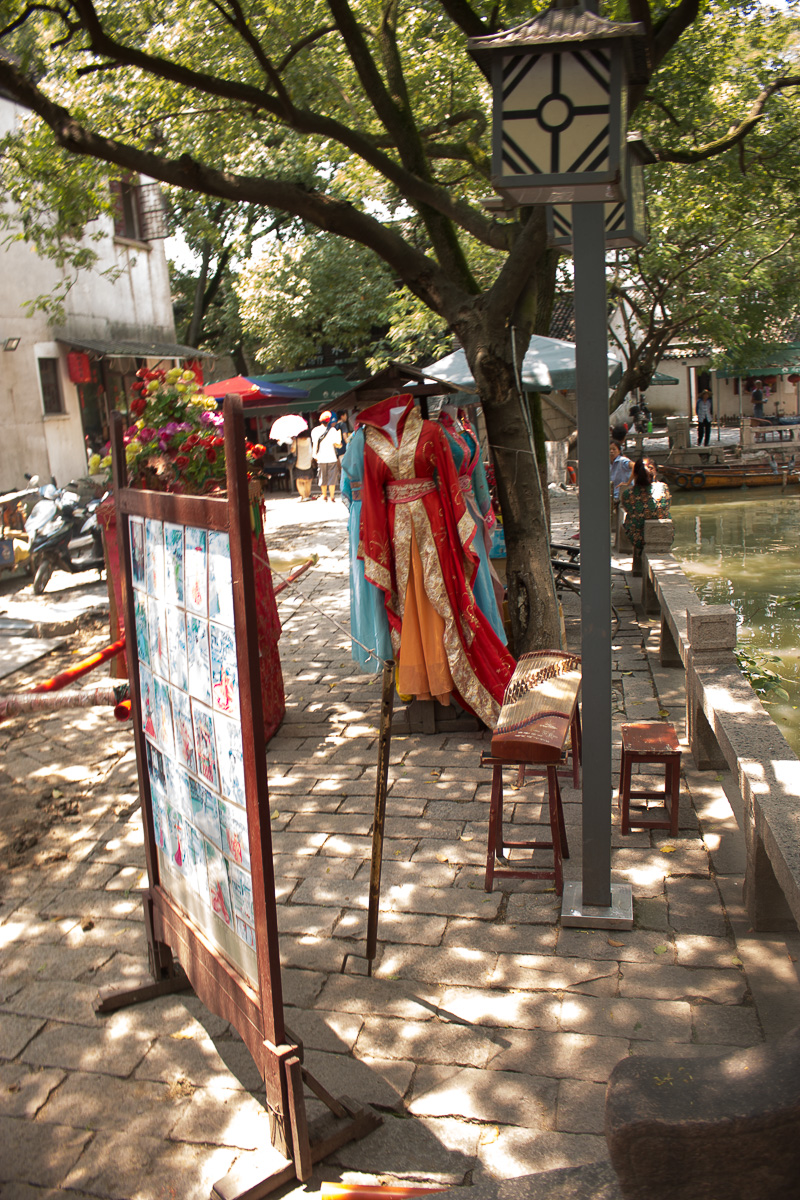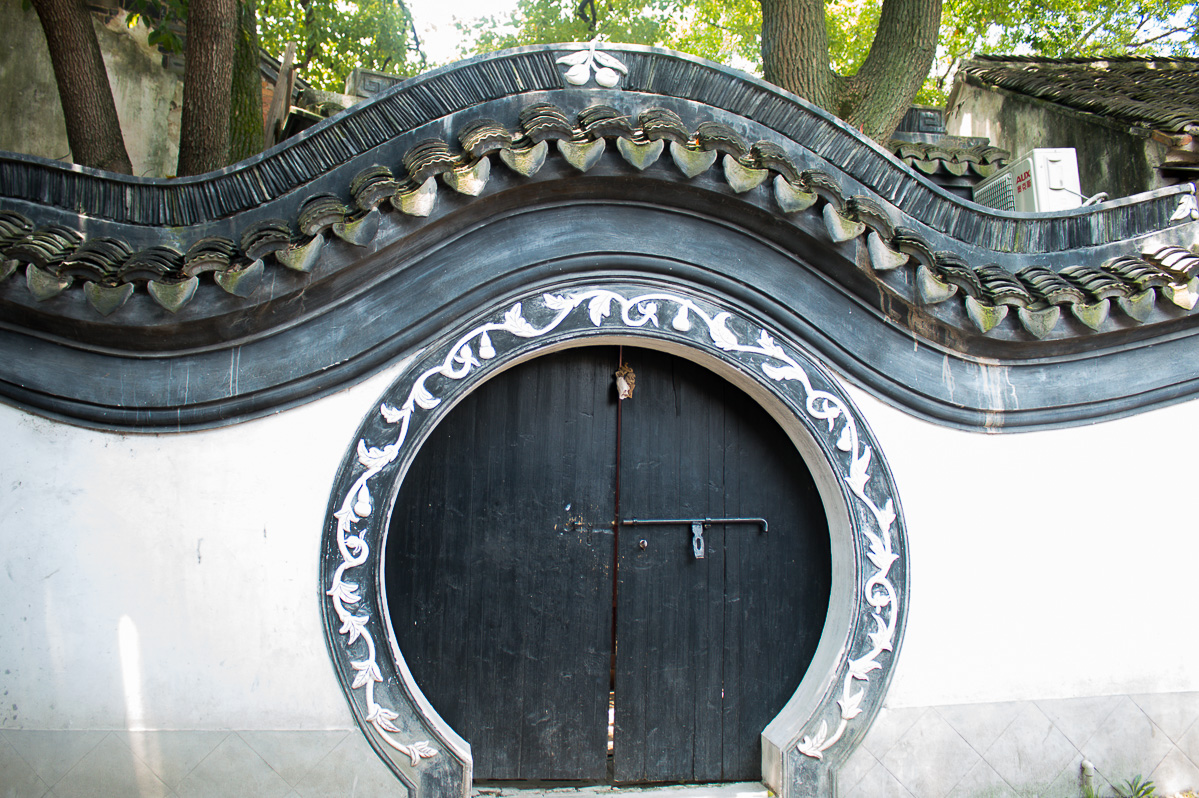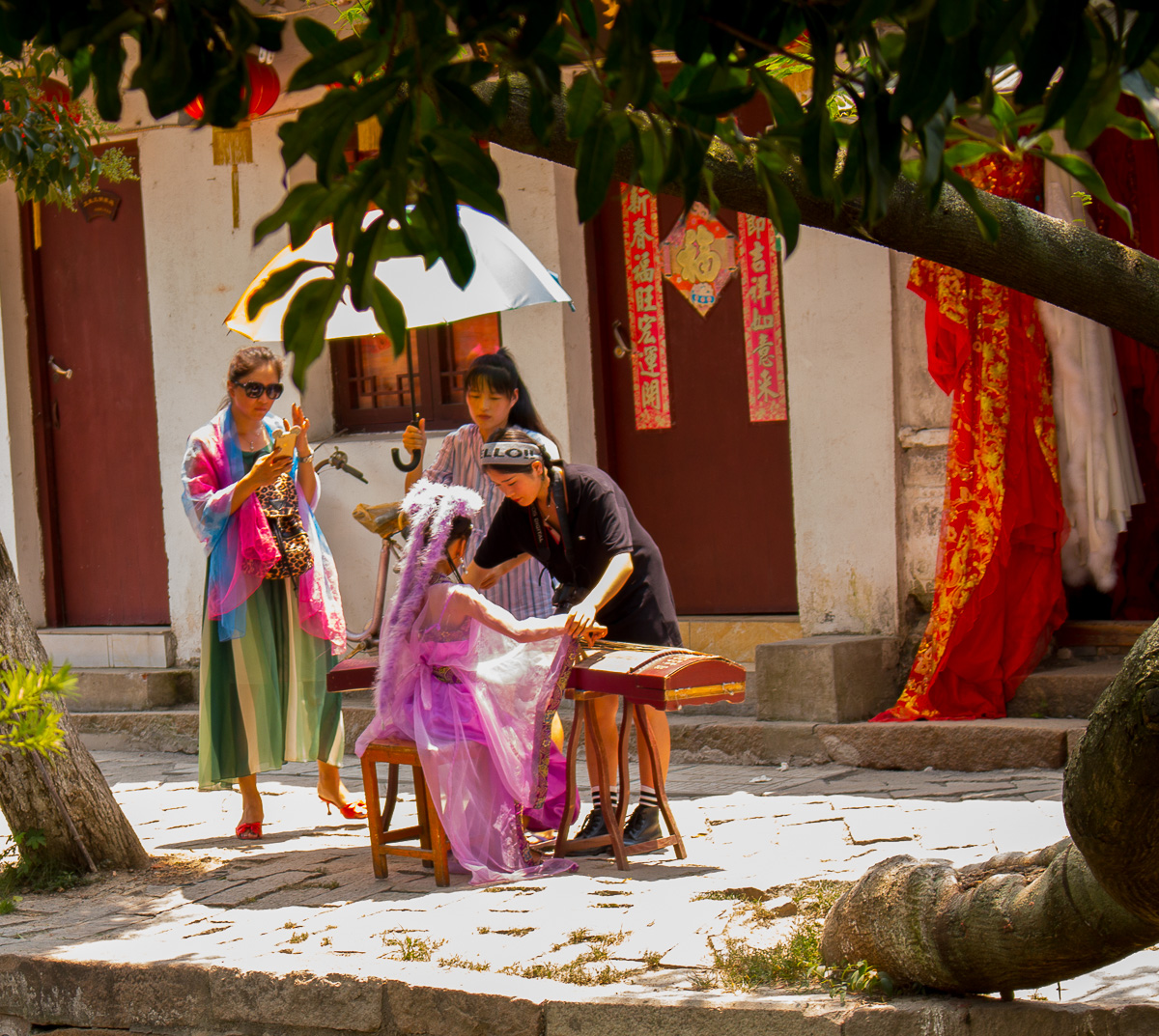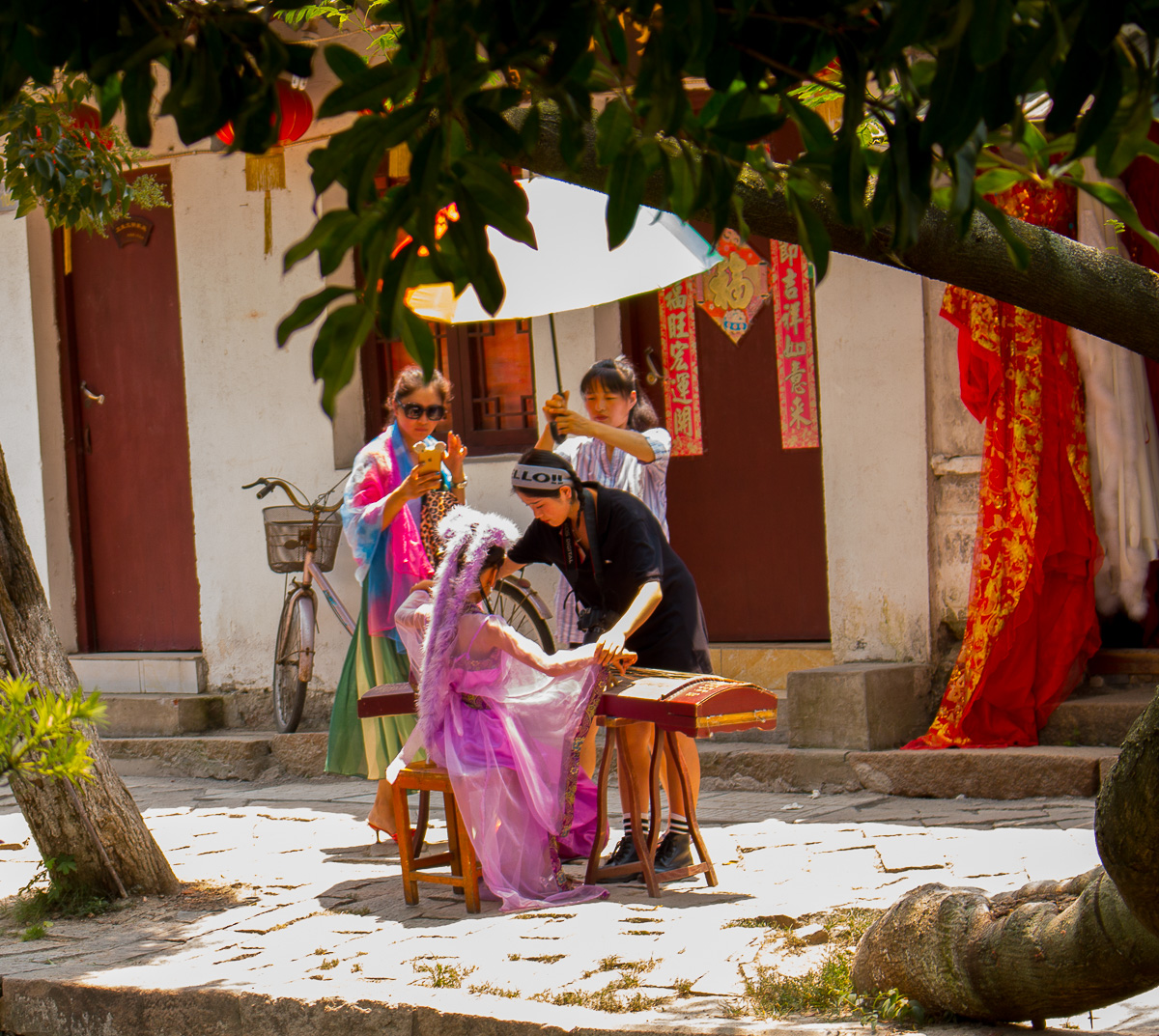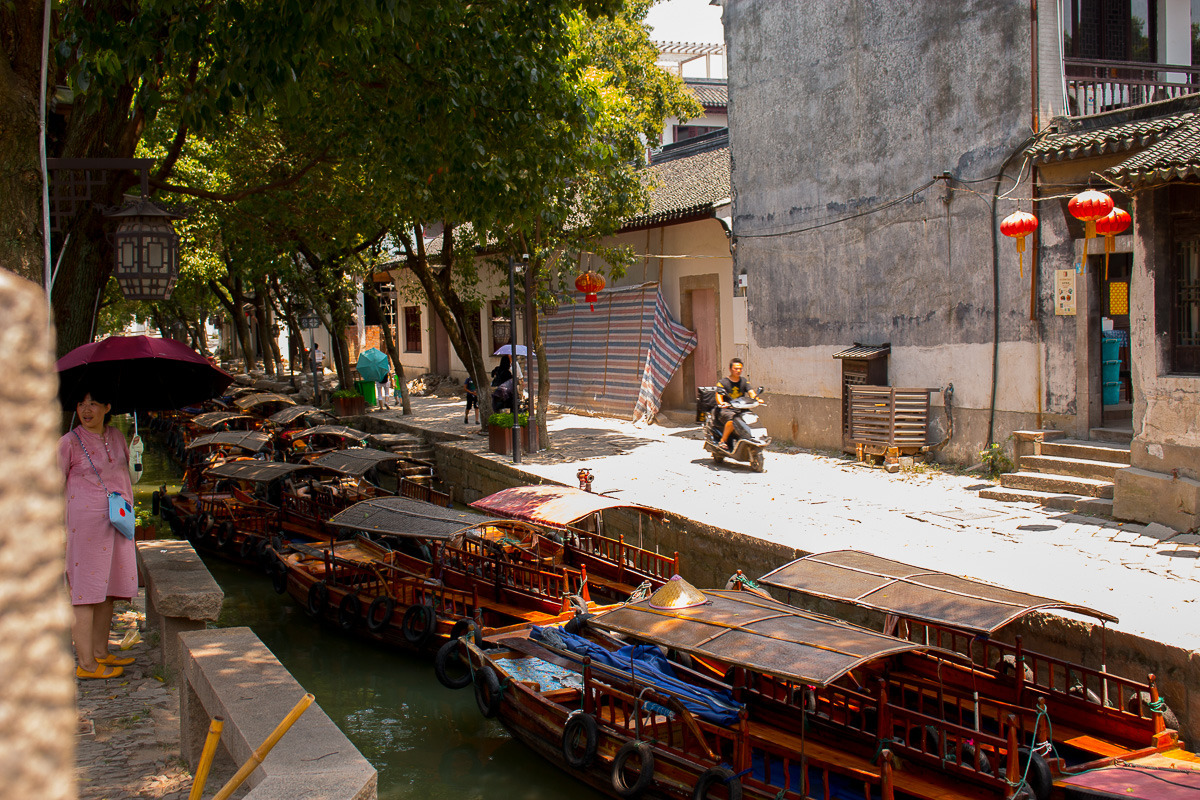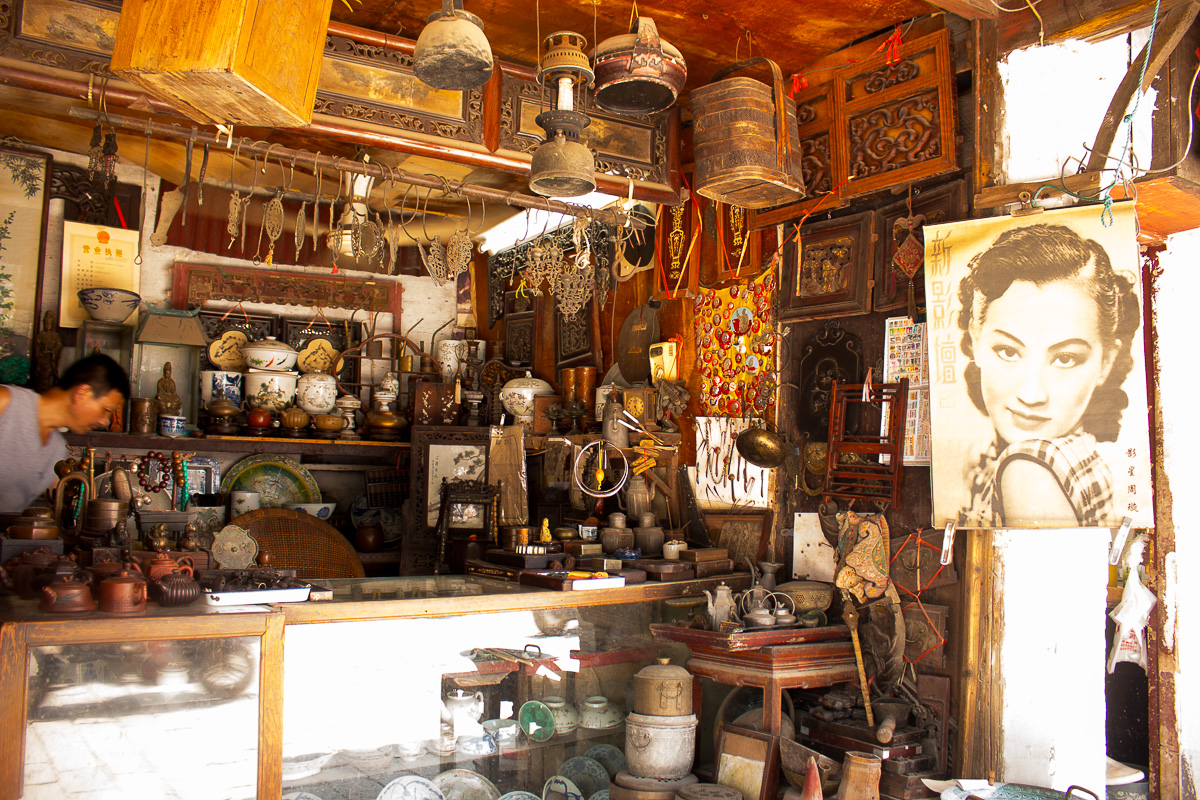 It’s been a pretty darned fabulous spring and summer. First, my cool kid brother, Alex, visited with me in Beijing. (Details on that in another post, but highlights included wandering around in an unexpected cave, a desperate midnight on “Ghost street” and plunging down a mountain. Are we intrigued yet?)
It’s been a pretty darned fabulous spring and summer. First, my cool kid brother, Alex, visited with me in Beijing. (Details on that in another post, but highlights included wandering around in an unexpected cave, a desperate midnight on “Ghost street” and plunging down a mountain. Are we intrigued yet?)

Ghost street – where spice meets seafood meets noise.

So, we thought we’d go to the “easy” Great Wall site-in the rain.
Then, my fabulous sister, Barb, traveled with me from Beijing to Tangshan to Shanghai. We saw a real 20s-style tea dance in one of the world’s greatest art deco hotels and weathered a record flood. Again, you’ll have to wait for deets on all that.
But first I want to talk about cormorants. Or possibly Ospreys if we are to believe an odd Chinese translation.

First, some background. I avidly read National Geographic as a child. It was the only magazine we had. It was slick and beautiful and exciting: indeed everything my life was not. I yearned to personally experience every ancient monument, weird creature and otherworldly environment depicted in that intriguing rag. And foremost among the exotica, erotica, imperia and ephemera were three amazing oddities of China: the Terracotta Warriors, The Great Wall and some people who somehow fish(ed) with live birds. Since arrive here in China, I have gone to great lengths to see these wonders.
First, I took a 20 hour train ride to behold the warriors, and it was worth every ache, cramp and sleepless hour in an overcrowded “hard seat” compartment. I mean, six thousand perfect statues, individual, painted, slightly larger than life, but almost as real: How can you beat that?

You can’t take a photo of the whole room – one of three. It’s just too enormous.
Possibly you beat it by climbing the great wall 3 different times at three very unique locations.

Which I did.

With each of my visitors this year.

This is a thing I do not plan to do ever, ever again. Ixnay on the allway.
Anyway…
But one of China’s anomalies remained to be seen: those mysterious birds. Nat Geo chroniclers claimed that for centuries the fisherfolk have put a restricting collar around the necks of cormorants which then dove into river waters to catch fish for their owners. The birds would gulp down the smaller fish. The larger ones would get stuck in their throats, and the fishermen, apparently, would retrieve them. It sounded like a pretty unhygienic practice, but an intriguing one. I couldn’t imagine how this worked. Three questions came to mind.
1) Were the birds on a leash, or trained to return like hunting hawks?
2) Did the collar hurt the bird?
3) Why didn’t the birds just quit going for the big fish and eat only little ones? I mean, they never got to keep the big ones so…
To satisfy my curiosity, I sought in vain for someplace in China where this odd behavior was still practiced, but apparently it’s falling out of favor today. Really, when you think about this, it’s not surprising. It’s probably not the most efficient method of trawling, right? Nevertheless, I couldn’t rest until I could check the birds off my bucket list. And then, when researching my trip to Shanghai with Barb I learned that nearby Tongli had a dockside show that “fit the bill,” so to speak. We hired a taxi and drove out to 1000 year old town known as the “Venice of the East.”
The town is really gorgeous: a kind of ancient fairytale location where you can buy chic handmade goods, visit a centuries old tea house, boat past ancient grey slate buildings or dress up like an empress for an entire afternoon. And, indeed, we finally came across the famous foul. We weren’t able to catch the actual diving show, which I didn’t mind, because, frankly, the whole deal seems kind of cruel. However, I got close enough to answer my lifelong burning questions, to wit…
- The birds do not return voluntarily to their owners. They are tethered by short strings tied to one leg. They appear to be unable to dive into the water at will, but sit, seemingly content, on parts of the boat flapping their neck skin to keep cool, presumably. Cormorants don’t have as much oil for their feathers as ducks do, so they aren’t as buoyant. Thus, they dive better, but they need more time to sit and sun themselves to dry off after taking the plunge. Possibly perching this way in the sunshine came natural to them.
- I can’t tell if the piece of rope or cord collar is uncomfortable for the birds, but they weren’t chaffing. Most of them weren’t even wearing collars, so possibly the owner moves the collar from bird to bird from time to time. Like I say, few people do this kind of fishing any longer, so if it is cruel, we can at least say that the practice is dying out.
- Why don’t these birds stick to the small fry? I honestly don’t know. Maybe instinct or habit makes them pursue the big fish. Maybe the handlers give them a chunk of whatever they bring up. On the other hand, judging from their beady and blank green eyes, I’m going to go with “these birds aren’t all that bright.” And yet, they’ve survived as a healthy population in a nation where most wildlife is unsafe from people who boast they will eat anything that “swims, flies or crawls.” Apparently nature has its compensations for even the dumbest among us. At least I hope so, for my own sake.
Personally, I think these latter-day dinosaurs are just as cute as all get out. By the way, despite the bad English translation, yes, these are Cormorants, not Ospreys which are more like a kind of hawk.
Please enjoy my photos of the birds and a few humans, too.
